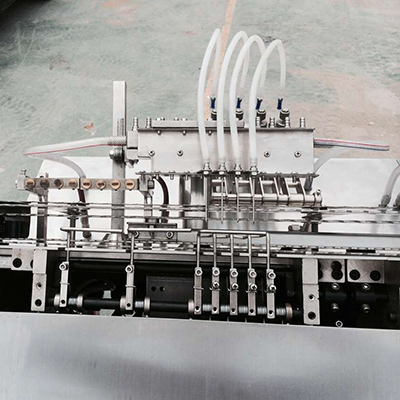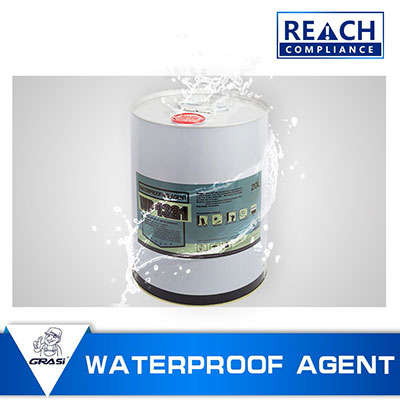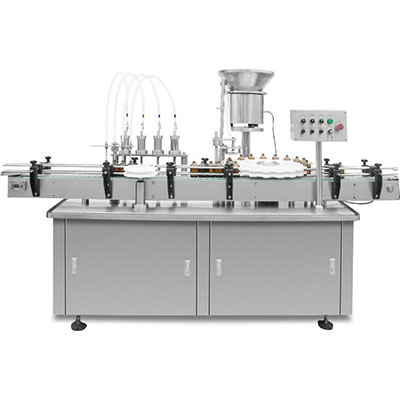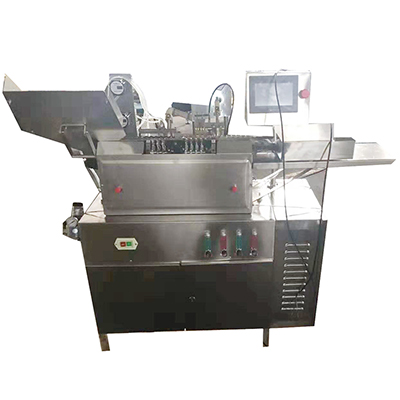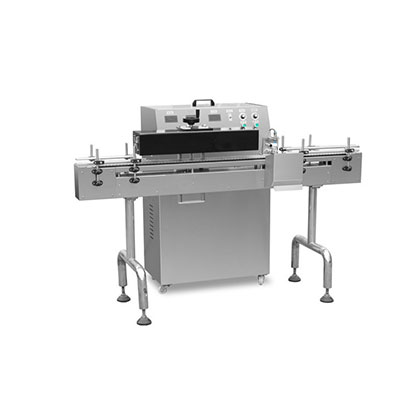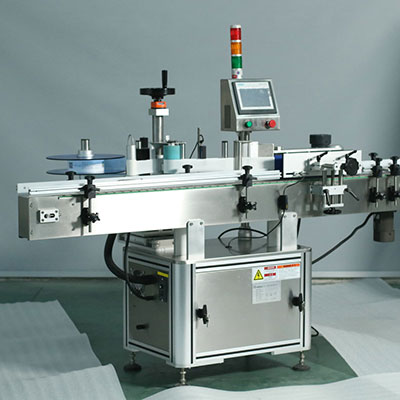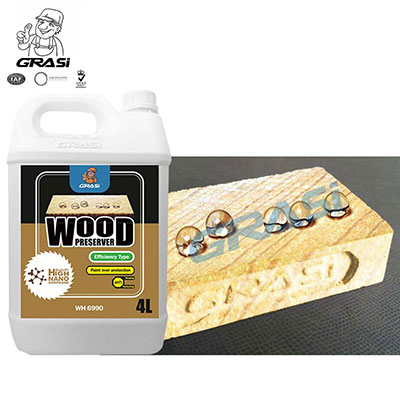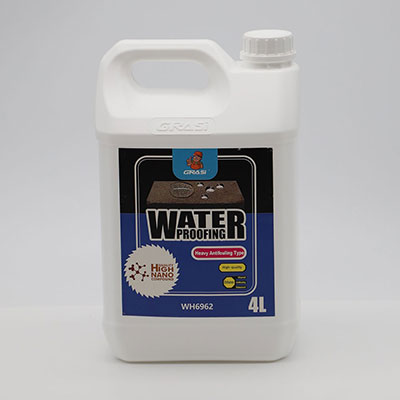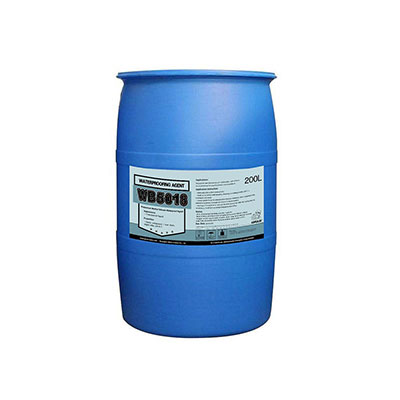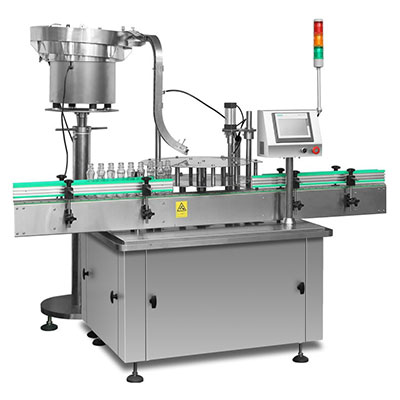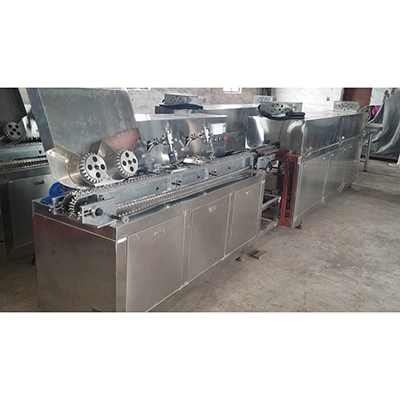Principle of Gravity Belt Thickening-Dewatering Belt Filter Press
1. Conditioning Tank for Agitation
The slurry and polymer are firstly injected into the conditioning tank for uniform agitation. The mixture will become solid particles that can be easily dehydrated, and then flow into the filter screen for sludge-water separation.
The conditioning tank of our belt filter press is constructed from stainless steel. It features open-type structure, so as to give operators much convenience for observing the conditioning process and the dosage of polymer.
2. Belt Type Sludge-Water Separation and Thickening System
1) The conditioned slurry is guided into the filter screen. Then, it must pass through the gravity zone of our belt filter press for filtration and dehydration. This zone is designed with a gradient to improve the dewatering effect. Then, the separated water is allowed to permeate through the filter belt rapidly.
Simultaneously, the PVC sludge scraper plays a vital role in the sludge scraping, drainage, and uniform thickening process. This scraper is arranged in an interleaved sequence, which allows the sludge to be evenly distributed on the filter belt. It also enhances the water permeability of the filter belt, and helps filter a large amount of supernatant free water. Eventually, the slurry gets thickened and reduced effectively. The processing capacity of our belt filter press is improved, and the operating time is greatly shortened.
2) After solid-liquid separation, the sludge allows the filter belt to suffer much less load for permeating water. Meanwhile, the sludge group is organized firmly, and the sheet-flood or side-overflow phenomenon never occurs. Furthermore, the dewatering efficiency is enhanced, and the water content rate is lowered.
3) Inside our belt filter press, this zone is equipped with a group of high liquid level sensor, so as to avoid overflow from both sides of the filter belt. In case of the ultra high liquid level or excessive solids load, this sensor will convey information to the control system, and then make both sludge pump and dosing pump stop working. When the liquid level declines, the sludge pump and dosing pump will restart to work.
After filtration and separation, the solids content in free water ranges from 0.5‰ to 1‰, which is related to the dosage and types of the polymer.
3. Centralized Sludge Distribution Device
The sludge group is centered on the filter cloth of our gravity belt thickening-dewatering belt filter press. Its width can be adjusted to make both filter cloth and roller suffer the uniform extrusion force, and then prevent the occurrence of lateral leakage.
4. Sludge Dewatering Part
1) Gravity Zone
After filtration, the sludge with low solids content is uniformly distributed on the filter belt with its traveling speed from 1 to 7m/min. During the operation of the filter belt, a majority of free water is gradually removed by gravity. Also, a small part of water is eliminated by gravity through the mesh of the filter cloth.
2) Wedge Zone
After gravity dehydration period, the sludge continues to enter the wedge zone of our belt filter press. Pressure is gradually applied to sludge in use of the rotating filter belt. The wedge-shaped angle between two filter cloths is no more than 5 degrees, which allows the free water to be entirely extruded out of the sludge between two filter cloths. Then, the sludge will not overflow while entering the pressurizing roller zone.
3) Pressure Zone
After being dehydrated in the wedge zone, the sludge group is sent to the filter belt through the concave-shaped pressurizing roller. It is restricted by the predetermined width of the filter belt under the circumstances of thickened sludge cake and no side leakage. Simultaneously, the sludge passes through a succession of fixed-size rollers, and the dehydration effect can be achieved by gradually increasing the pressure of extruding sludge.
After that, the sludge will enter a succession of fixed-size main rollers and sub-rollers of our belt filter press. The increasing wrap angle created by the filter cloth provides a gradually increasing extrusion force, for the purpose of achieving high-efficiency dehydration.
In the high-pressure shear zone, a proper change of pressure gradient is utilized to remove water from the sludge cake. The adjustable pressure of an air compressor forces the remaining water to be thoroughly discharged from the sludge cake, so as to gain the sludge cake with lower water content.
5. Belt Cleaning Device
This device can be maintained and cleaned conveniently. It does not splatter any rinse water to wet the sludge cake. In addition, this sealed device is firmly installed with nozzles, which can jet out the clean water with its pressure from 4 to 5kg/cm2.
The ejected water creates a fan-shaped angle of 95 degrees, which helps reduce the hydraulic pressure loss. The ejection speed and water volume can be adjusted arbitrarily in line with the actual requirements for operation, so that the remaining dirt can be completely removed from the mesh of the belt.
Furthermore, the hydraulic cleaning method allows the belt to keep permeable to water. It can not only lower the water content rate and extend the belt's lifetime, but also avoid side leakage caused by the serious belt blockage. Inside the cleaning device, a filtrate receiver is used for recycling the filtrate.
6. Sludge Cake Removal
The scrapers are firmly adhered to the belts of our belt filter press. The sludge can be completely removed by adjusting the tightness of the spring.
Performance Features
1. This gravity belt thickening-dewatering belt filter press can run smoothly without any impact, vibration, or abnormal noise. The speed indicated by our system fully complies with the actual mechanical speed.
2. Our product is driven by a motor, and the output speed is adjustable. All moving parts offer stable performance, and the noise is no more than 65dB (A). The superior-quality roller is imported from Japan.
3. This machine is made from SUS304 stainless steel. By adoption of the TIG welding reinforcement technology, all weld joints are flat and smooth without any defect. Other characteristics include firm structure, strong corrosion resistance, nice appearance, and superb protective effect.
4. Moreover, this belt filter press can offer the function of automatic control and protection. It will stop working and give an alarm, in case of such abnormal situations as insufficient sludge, deficient polymer, belt tracking failure, ultra low water pressure, external signal instructions, and the extremely low pressure of compressed air, among others.
5. The sludge thickening and dewatering machine also gives the function of limiting and adjusting the thickness of the sludge layer.
6. The conditioning tank of our belt filter press adopts three spiral blades for cross-rotation and agitation. Then, the polymer and thickened sludge can be completely mixed.
7. The upper and lower belts are driven synchronously with the traveling speed from 1 to 7m/min. They are made from polyester fiber in Sweden or Germany, and their service life can reach over 8,000 hours.
8. The cleaning device comprises the spray pipe and the SUS316 stainless steel spray nozzle. The spray range covers the whole belt width. Each nozzle is replaceable. Both structure and performance of the water pump can meet the requirements for cleaning the belt.
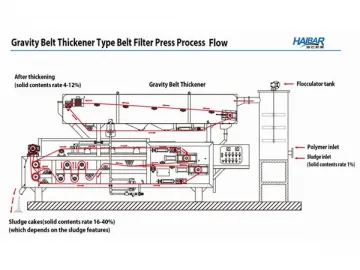
Links:https://globefindpro.com/products/44971.html
-
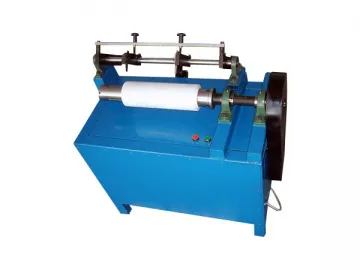 Film Trimming Machine
Film Trimming Machine
-
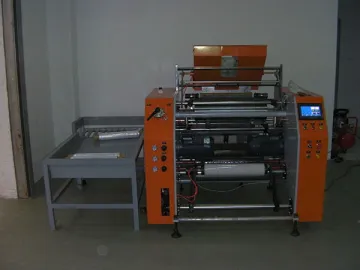 Automatic Pre-Stretch Rewinder
Automatic Pre-Stretch Rewinder
-
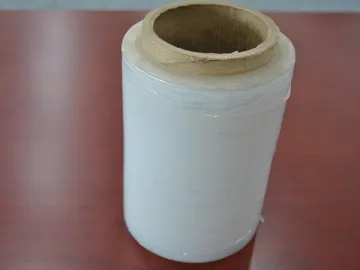 Semi-automatic 4-Shaft Stretch Film Slitter Rewinder
Semi-automatic 4-Shaft Stretch Film Slitter Rewinder
-
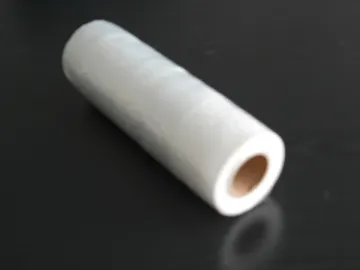 Semi-automatic Cling Film Rewinder
Semi-automatic Cling Film Rewinder
-
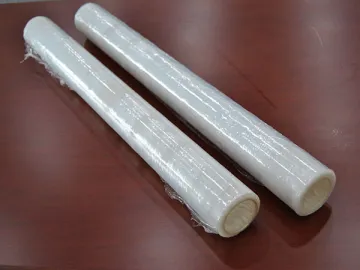 Automatic 5-Shaft Cling Film Rewinder
Automatic 5-Shaft Cling Film Rewinder
-
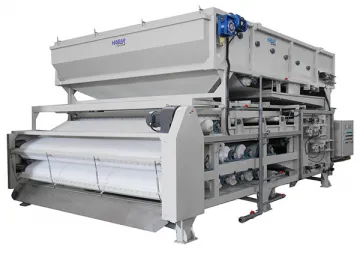 HTE3 Heavy Duty Belt Filter Press for Sludge Thickening and Dewatering (Gravity Belt Type)
HTE3 Heavy Duty Belt Filter Press for Sludge Thickening and Dewatering (Gravity Belt Type)
-
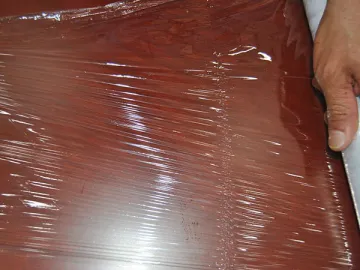 Automatic Easy Tear Film Rewinder
Automatic Easy Tear Film Rewinder
-
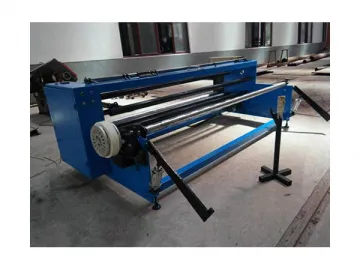 Nonwoven Slitter Rewinder
Nonwoven Slitter Rewinder
-
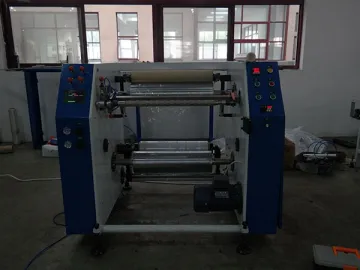 Semi-automatic Coreless Film Rewinder
Semi-automatic Coreless Film Rewinder
-
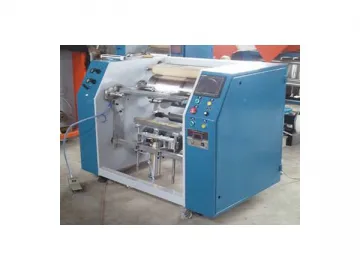 Semi-automatic Aluminum Foil Rewinder
Semi-automatic Aluminum Foil Rewinder
-
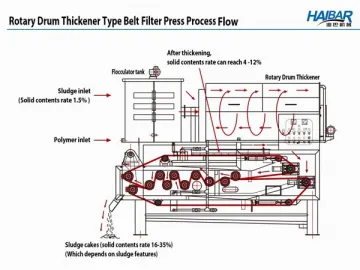 Principle of Drum Thickening-Dewatering Belt Filter Press
Principle of Drum Thickening-Dewatering Belt Filter Press
-
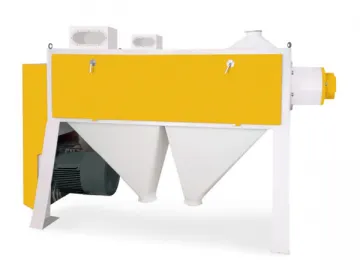 Maize Degerminator
Maize Degerminator
